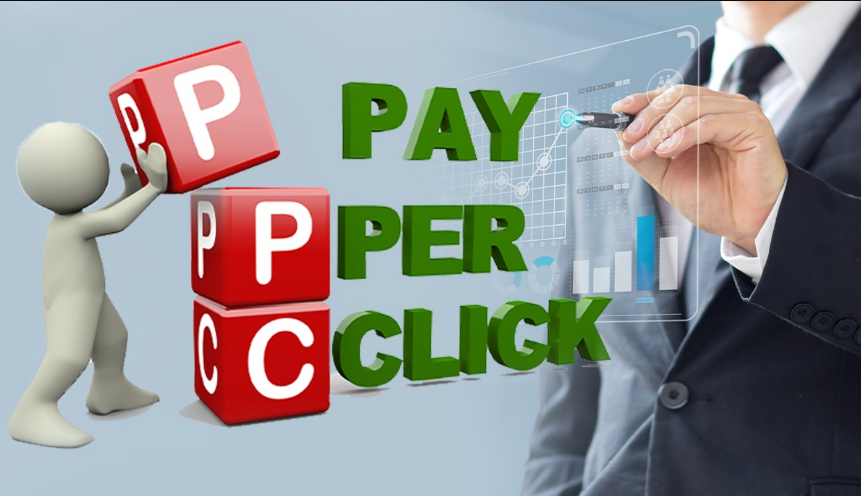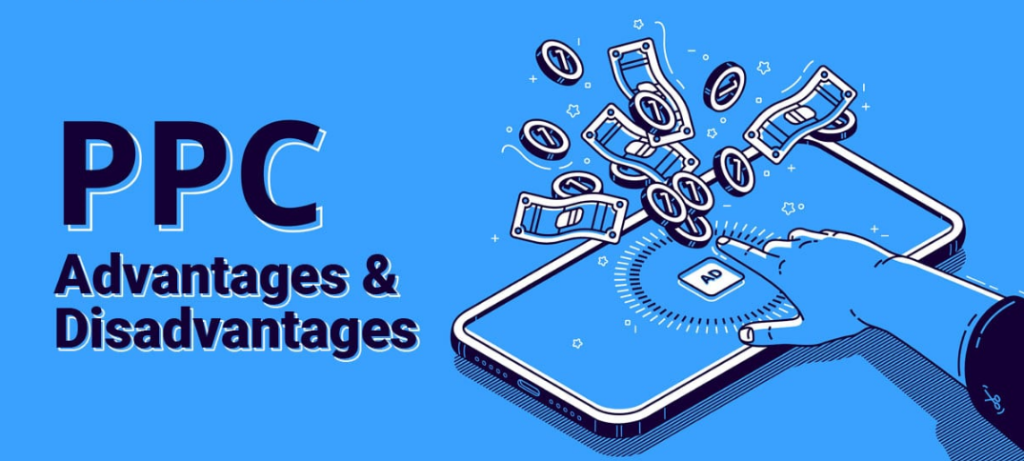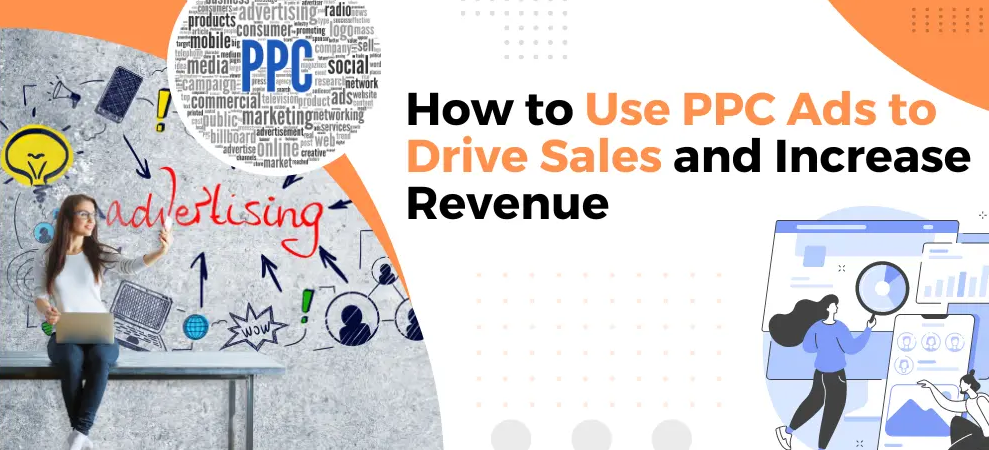In today’s digital age, Pay-Per-Click (PPC) advertising has emerged as a powerful tool for businesses to boost their sales . This article delves into the world of PPC advertising, exploring its benefits, strategies for sales growth, successful case studies, challenges, future trends, and how it can skyrocket your sales.

Table of contents
Pay Per Click
PPC, or Pay-Per-Click, is a digital advertising model where advertisers pay a fee each time their ad is clicked. It’s a way of buying visits to your site rather than earning them organically through SEO. PPC ads appear on search engines like Google and Bing, as well as on social media platforms like Facebook and Instagram.
PPC plays a crucial role in digital marketing strategies, offering immediate visibility to businesses and driving targeted traffic to their websites or landing pages. Its flexibility and measurable results make it a preferred choice for many marketers.
Advantages of PPC Advertising
PPC advertising comes with several advantages that can significantly impact sales growth:

Immediate Results
One of the most significant benefits of PPC is its ability to deliver immediate results. Unlike organic SEO, which can take time to rank, PPC ads appear at the top of search results pages as soon as the campaign is launched. This instant visibility can lead to quick conversions and sales.
Targeted Advertising
PPC allows businesses to target their ads to specific demographics, locations, interests, and behaviors. This level of targeting ensures that ads are shown to the most relevant audience, increasing the likelihood of engagement and conversion.
Cost-Effective Compared to Traditional Marketing
PPC is cost-effective because advertisers only pay when someone clicks on their ad. This pay-per-click model means that businesses can control their ad spend and allocate budgets to campaigns that are performing well, maximizing ROI.
PPC Strategies for Sales Growth
To harness the full potential of PPC for sales growth, businesses can implement the following strategies:

Keyword Research and Optimization
Effective keyword research is the foundation of a successful PPC campaign. By identifying relevant keywords with high search volume and low competition, businesses can optimize their ads to appear in front of the right audience.
Ad Copywriting Best Practices
Compelling ad copy is essential for capturing users’ attention and encouraging them to click. Utilizing persuasive language, highlighting unique selling points, and including strong CTAs can improve ad performance and drive sales.
Landing Page Optimization
The landing page is where users land after clicking on an ad. Optimizing landing pages for relevance, clarity, and user experience can increase conversions. A well-designed landing page with a clear call-to-action can lead to higher sales.
Campaign Tracking and Analytics
Monitoring and analyzing PPC campaigns is critical for success. Tracking key metrics such as click-through rate (CTR), conversion rate, and cost per acquisition (CPA) helps businesses optimize their campaigns, allocate budgets effectively, and identify areas for improvement.
Challenges and Solutions in PPC
While PPC offers numerous benefits, businesses may encounter challenges such as budget management, ad fatigue, and ad fraud. Implementing effective solutions such as budget optimization tools, creative ad refresh strategies, and fraud detection software can mitigate these challenges and ensure a successful PPC campaign.
| Challenges | Solutions |
| 1. Budget Management | Utilize budget optimization tools like Google Ads automated bidding or third-party platforms with advanced features. Set clear budget goals and monitor spending closely. Implement automated bidding strategies such as Target CPA or Enhanced CPC. |
| 2. Ad Fatigue | Rotate ad creatives regularly. Test different ad formats and messaging. Use ad scheduling to control exposure over time. |
| 3. Ad Fraud | Employ fraud detection software. Monitor traffic sources for suspicious activity. Use click fraud protection services. |
| 4. Competitor Clicks | Monitor competitor activity and adjust bidding strategies. Use ad scheduling to avoid peak competition times. Focus on improving ad quality and relevance. |
| 5. Low Click-Through Rates (CTR) | Optimize ad copy and landing pages for relevance and clarity. Test different ad placements and targeting options. Utilize ad extensions to enhance visibility and engagement. |
Future Trends in PPC
Looking ahead, the future of PPC is marked by innovative trends that can further enhance sales growth:
1. AI and Machine Learning Integration
AI-powered PPC tools can analyze vast amounts of data to optimize campaigns in real time as well as improve ad targeting, and enhance ROI.
2. Voice Search and PPC
As voice search continues to rise, optimizing PPC campaigns for voice queries as well as conversational keywords will become increasingly important for businesses.
3. Video Advertising Trends
Video ads are gaining popularity, offering engaging content that captures users’ attention. Secondly, Incorporating video into PPC campaigns can lead to higher engagement and sales.
Conclusion
PPC advertising is a dynamic and effective strategy for skyrocketing sales and reaching target audiences with precision. By leveraging its advantages, implementing strategic campaigns, learning from successful case studies, overcoming challenges, and embracing future trends, businesses can harness the full potential of PPC to drive sales growth and achieve marketing objectives.
Read more : 5 Proven Strategies to Revive Your Digital Presence
FAQS
PPC advertising, or Pay-Per-Click advertising, is a digital marketing model where advertisers pay a fee each time their ad is clicked. It benefits businesses by providing immediate visibility on search engines as well as social media platforms.
Effective strategies for using PPC to boost sales include conducting thorough keyword research and optimization, creating compelling ad copy with strong CTAs as well as optimizing landing pages for conversions.
Common challenges in PPC advertising include budget management, ad fatigue, ad fraud, competitor clicks, and low click-through rates (CTR). Hence businesses can overcome these challenges by utilizing budget optimization tools.
Future trends in PPC advertising include AI and machine learning integration for real-time campaign optimization, optimization for voice search and conversational keywords, and the rising popularity of video advertising.

